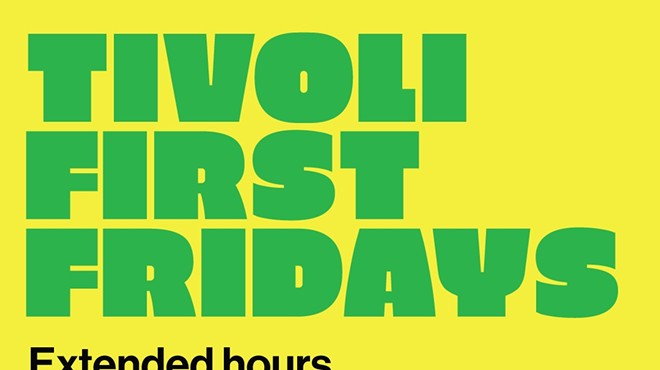The affordable housing crisis in the Hudson Valley has reached a fever pitch. From Cold Spring to Hudson and everywhere in between, escalating home values (an issue even pre-pandemic) are driving an affordability gap that is pushing lower and middle income residents out of towns they’ve long called home.
To better understand affordable housing in the region, we turned to John C. Cappello, Esq., a partner at the Walden-based law firm Jacobowitz & Gubits who specializes in land use and municipal law. Cappello’s experience includes working with developers in commercial, residential, educational and mixed-use land use applications, as well as with planning boards and zoning boards of appeals throughout Orange and Ulster counties.
What Affordable Housing Can Look Like
"Right now, the development pattern in the Hudson Valley is predominately large single-family homes with a few multi-family subsidized housing projects," Cappello says. "There is not an array of housing opportunities in between that are so vital to serve ethnically diverse younger and older populations as well as our essential workforce."
For young families or those just starting out their careers, an affordable home might look like an apartment, townhouse, or small single-family house with a patch of backyard to call their own. “Many people aren’t looking for a large home in the suburbs,” Cappello says. “They want less upkeep and downtown cores that support a more walkable lifestyle, but that all revolves around a density that can support that infrastructure. It’s not going to be 10 homes on lots of 5+ acres on a cul de sac on property that used to be a farm.”
Understanding the Region’s Barriers
Challenges to affordable housing in the Hudson Valley often come down to a town’s planning process and vocal NIMBY (not in my backyard) opposition to any type of growth. “Under New York’s zoning laws it is easy to say no to things, but more difficult to proactively plan to attract needed sustainable development,” Cappello says. “You seldom see people at town meetings congratulating board members for doing a good job. You usually only see people seeking to stop projects that they may perceive to impact them.”
According to Cappello, that’s because towns often don’t use the comprehensive planning process to affirmatively promote the growth of affordable and diverse housing opportunities in areas that can accommodate it. Thus, they're left to react when projects are proposed in areas that may not be perceived as the best ones to accommodate that particular development. This sometimes results in negative reaction to all types of growth. “You cannot just sit back and wait for something. You should accommodate good, sound sustainable and diverse development,” he says.
Affordable Housing Solutions
Municipalities that proactively plan for development of diverse and affordable housing can put themselves in a much better position, Cappello says. Any such planning effort must start with a municipality coming to terms with the fact that increased density in certain areas is necessary to promote diverse housing opportunities. "Absent of acceptance of this fact, our communities will never achieve the diversity that is so needed in this region," he says.
Additional measures from municipalities can include making the process easier for residents to build an accessory dwelling unit within their home, above the garage, or in a separate tiny home located on the property; regional coordination between municipalities to allow for annexation of land to build more dense housing; and the preparation and adoption of comprehensive plans that provide clear guidelines for developers, that if followed, will result in streamlined approvals.
Residents interested in increasing diverse affordable housing opportunities in their communities should pay close attention to the work of their municipal boards, and actively support projects with potential to provide housing for all sectors of our community.
You can learn more about the law firm of Jacobowitz & Gubits at Jacobowitz.com.












